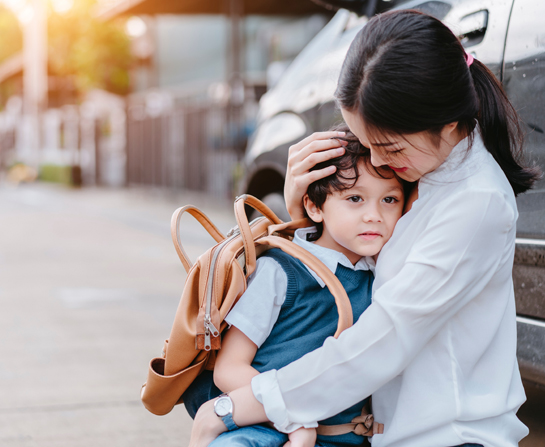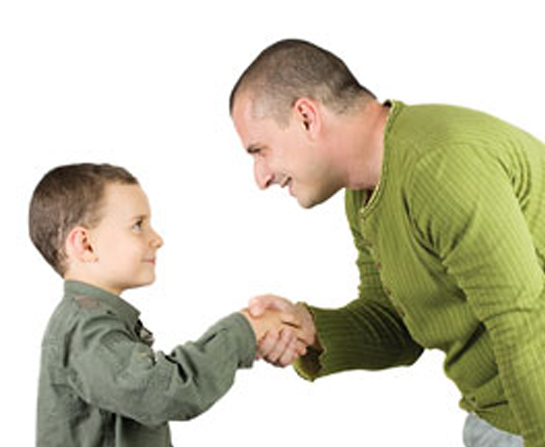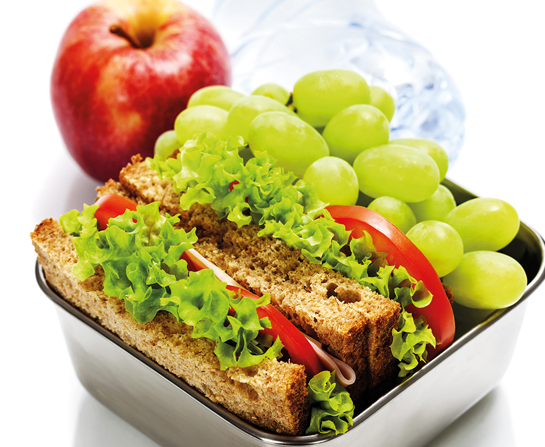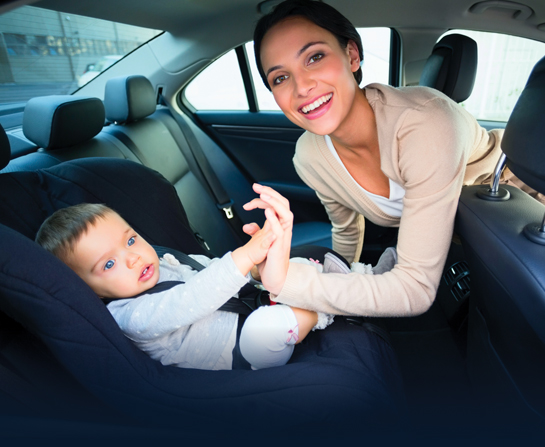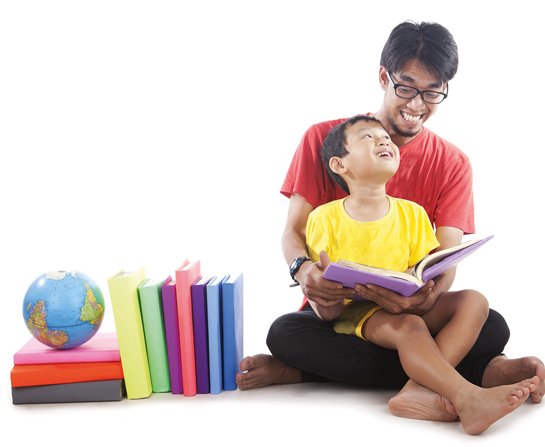This November, HealthToday celebrates the very special men in our lives by raising a toast to all those fathers who go the extra mile to make sure that their children get the best TLC and guidance. We shine the spotlight on two such daddies: our very own first commercial astronaut Datuk Dr Sheikh Muszaphar Shukor and popular actor Aaron Aziz.
Star Daddy

Malaysia’s celebrated commercial astronaut shares how he is guiding his children to reach for the stars.
Good looking and well-spoken, Malaysia’s first commercial astronaut Datuk Dr Sheikh Muszaphar Shukor seems to have it all: a wonderful family with two adorable children and a flourishing career. We can now add another job title to his impressive CV: loyal, loving and dedicated father.
Speaking at the recent Cita-cita with Wyeth Nutrition event at KidZania Kuala Lumpur, he told the emcee Hunny Madu with a laugh, “You may call me a Tiger Dad!”
Education is a big priority when it comes to his daughters, four-year old Sophea Isabella and two-year old Sophea Natasha. “I believe in pushing my children to the limit – to the maximum – because I myself have been pushed by my parents,” he said. His parents encouraged him to be his best, and look where he is today. Unsurprisingly, he wants the same for his daughters, and, as he informed Hunny, he often asks for pointers from his parents as well as in-laws.
Life on earth
The family’s day begins at about 7 am each morning. Dr Sheikh Muszaphar Mansor’s wife Dr Halina has to be at the hospital early, so it is up to him to get Isabella ready and send her to school.
“At 1 pm, I will pick Bella up and send her to the Al-Hidayah Islamic School,” he told Hunny. At 4 pm, she then attends Mandarin classes, followed by swimming classes, Math tuition and English classes.
“She gets a break at 9 pm,” he explained, “and from 9.30 to 10 pm, I’d teach her Science. She then has half-an-hour of playtime before going to bed at 10.30 pm.”
It might seem like a packed schedule, and Dr Sheikh Muszaphar Mansor admitted that even his wife harbors reservations at times about their daughter’s routine. He pointed out to Hunny that, contrary to what one may think at first, his daughter is actually very happy with their daily routine. “She is always looking forward to what they will learn or do in the next class, and Bella often expressed an eagerness for more,” he said with a laugh. “Sometimes, when she has fewer classes than usual, she would tell me, ‘Daddy, Daddy, I want more classes today!’”
Children are more resilient than we think, he believed, and as parents, we should not underestimate their ability to adapt and thrive in a challenging environment. “As long as my daughters enjoy what they do, I will push them to be at their best,” he concluded. “But the day when my daughters tell me that they do not like what they do, and they do not want to go to school anymore, that is when I will step back and make some changes.”
Aaron on Love & Family

Aaron Aziz has a tender side that not many of us have seen before.
People see Aaron Aziz as a glamorous actor. “But I don’t see myself as that,” he says.
To him, acting is just what he does to earn a living for himself and his family. “If you see me with a group of other actors taking pictures, I’d rather be the one at the side,” he says.
Aaron comes from a small, close-knit family – just him, his siblings and his parents. But, it was a different story when he married his wife Diyana Halik who comes from a big family. When he asked her hand in marriage, he had to not only consult her parents but her many uncles and aunts as well! Somehow, Aaron won the poll with the majority of her family supporting him.
On a serious note, Aaron realised that his extended family is also important and started getting closer to his cousins after he got married. Aaron was brought up in a broken home. “My dad wasn’t around when I was young so most of the time it was just my mum and me.”
Born in Singapore, Aaron and his wife have settled down in Malaysia. They have three children, two girls, Dwi Ariana, 9, and Dahlia Arissa, 5, and a boy, Danish Anaqi, 11.
Aaron jumped from the food business into show business in 1999 in Singapore when he acted in a Mandarin drama called A War Diary. That’s where he met his wife because her uncle produced the series. The story was about Japanese occupation and he acted as a corporal.
After that, he began acting in movies and television series in Malaysia as well. You might recognise Aaron as Cikgu Malik in season 2 of Oh My English! series, which was aired on Astro TVIQ.
When asked how he is able to balance work and family, Aaron nods towards his wife and says, “She balances it up! She does the check and balance. That’s why she is my manager.”
A typical weekend in Aaron’s life is being at home and playing games with his children, listen to his eldest son tell him a story, play badminton with his elder daughter and draw with his youngest. After a long day at work, he prefers to spend some quiet time with his children.
“I wouldn’t want to change anything with my life because I wouldn’t end up having a wonderful family. That is my purpose in life,” Aaron says.
Aaron’s philosophy is to just live life to the fullest. “Be appreciative of what you have.”
Aaron and his family are participating in Dutch Lady’s 2-A-Day milk campaign, which encourages children and adults to drink two glasses of milk daily to get enough amounts of vitamin D for strong bones.
If you like this article, do subscribe here.
